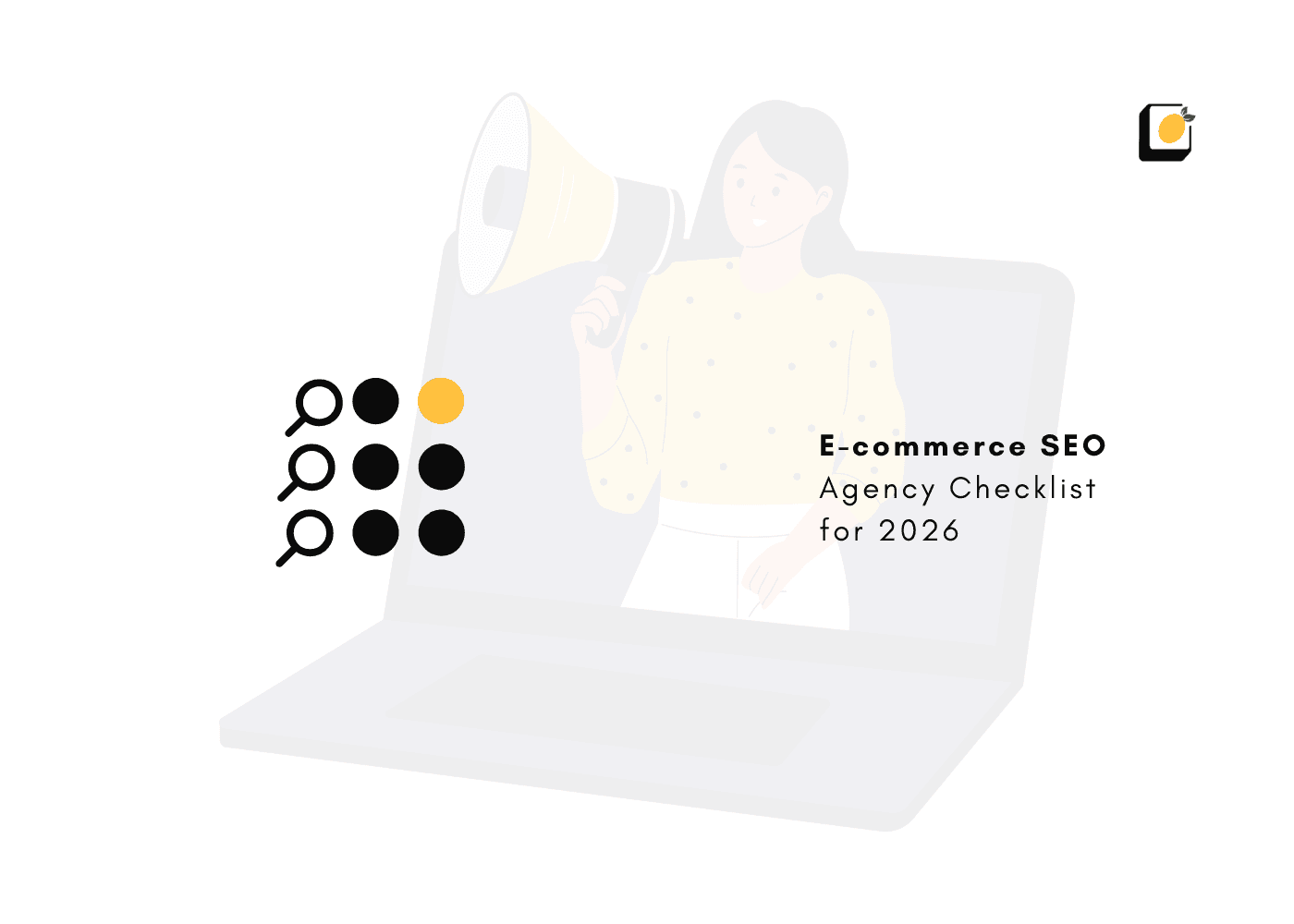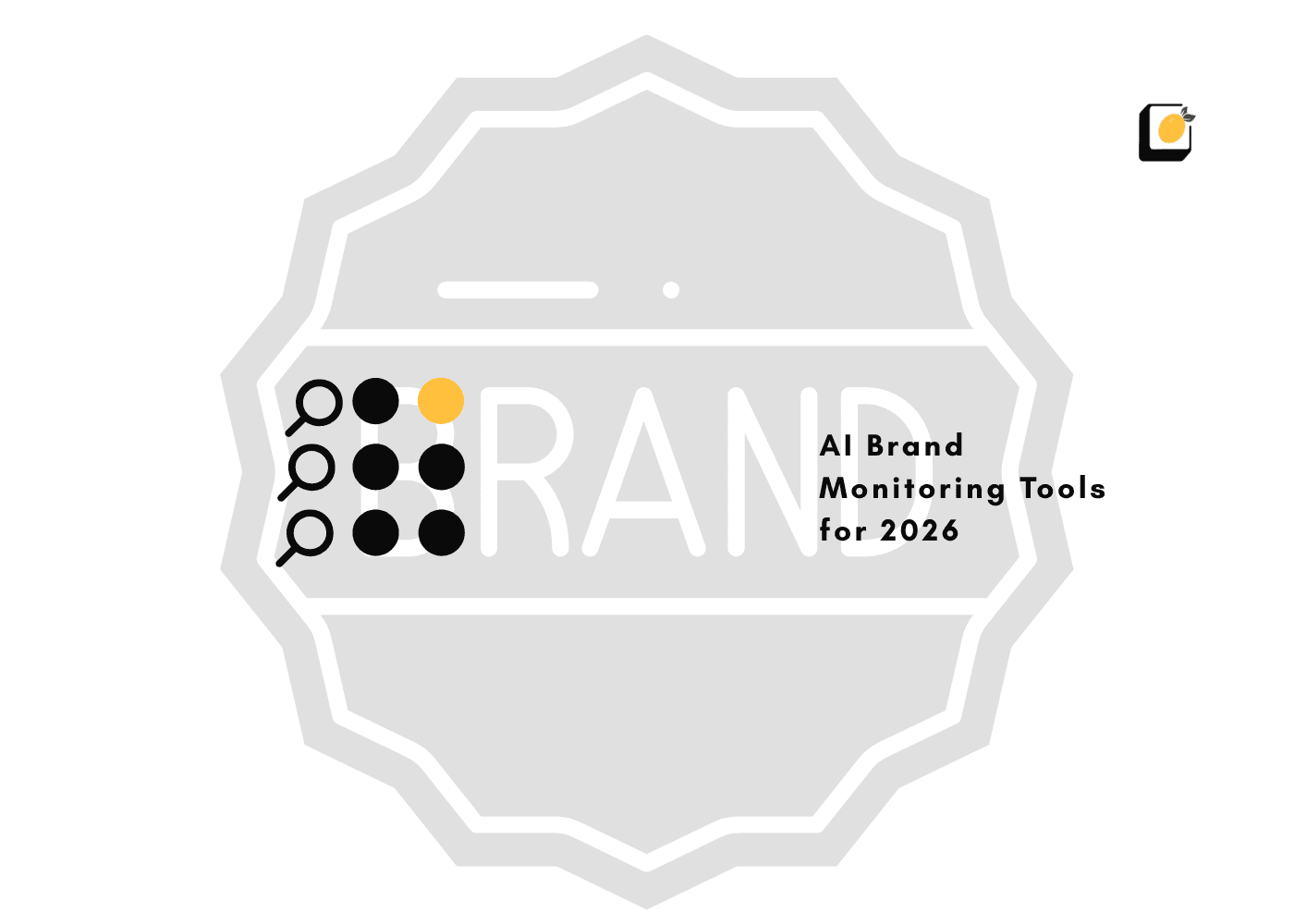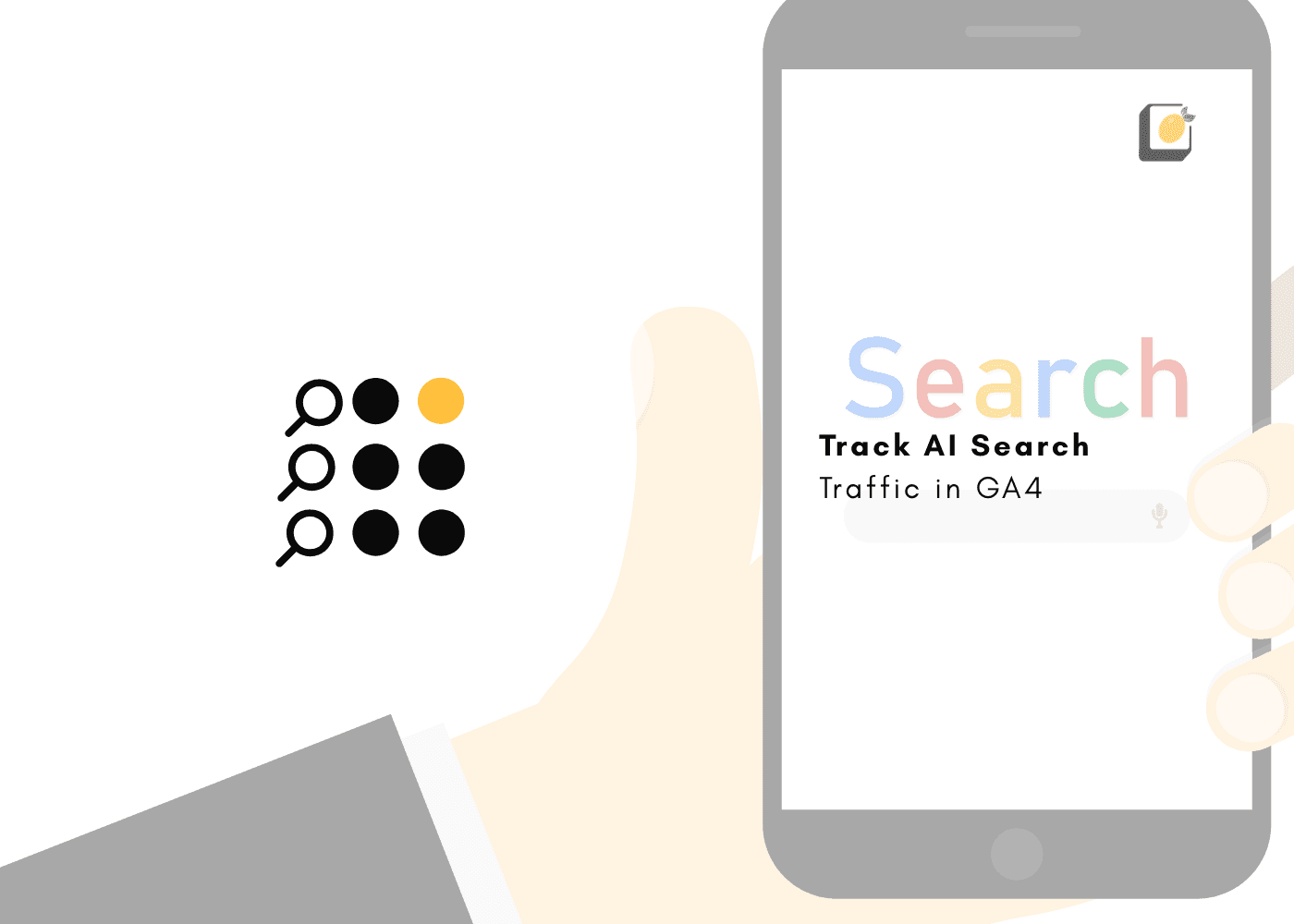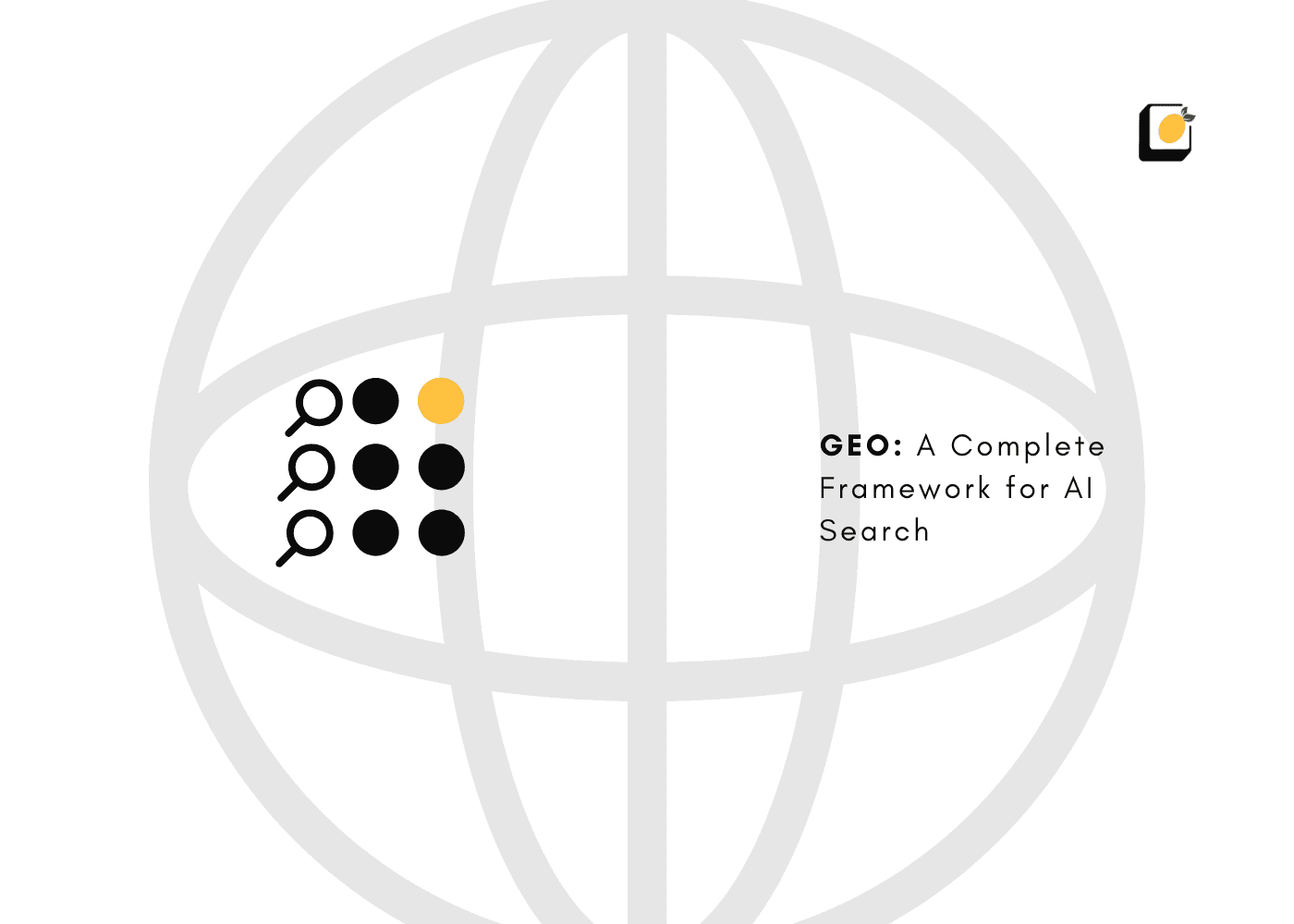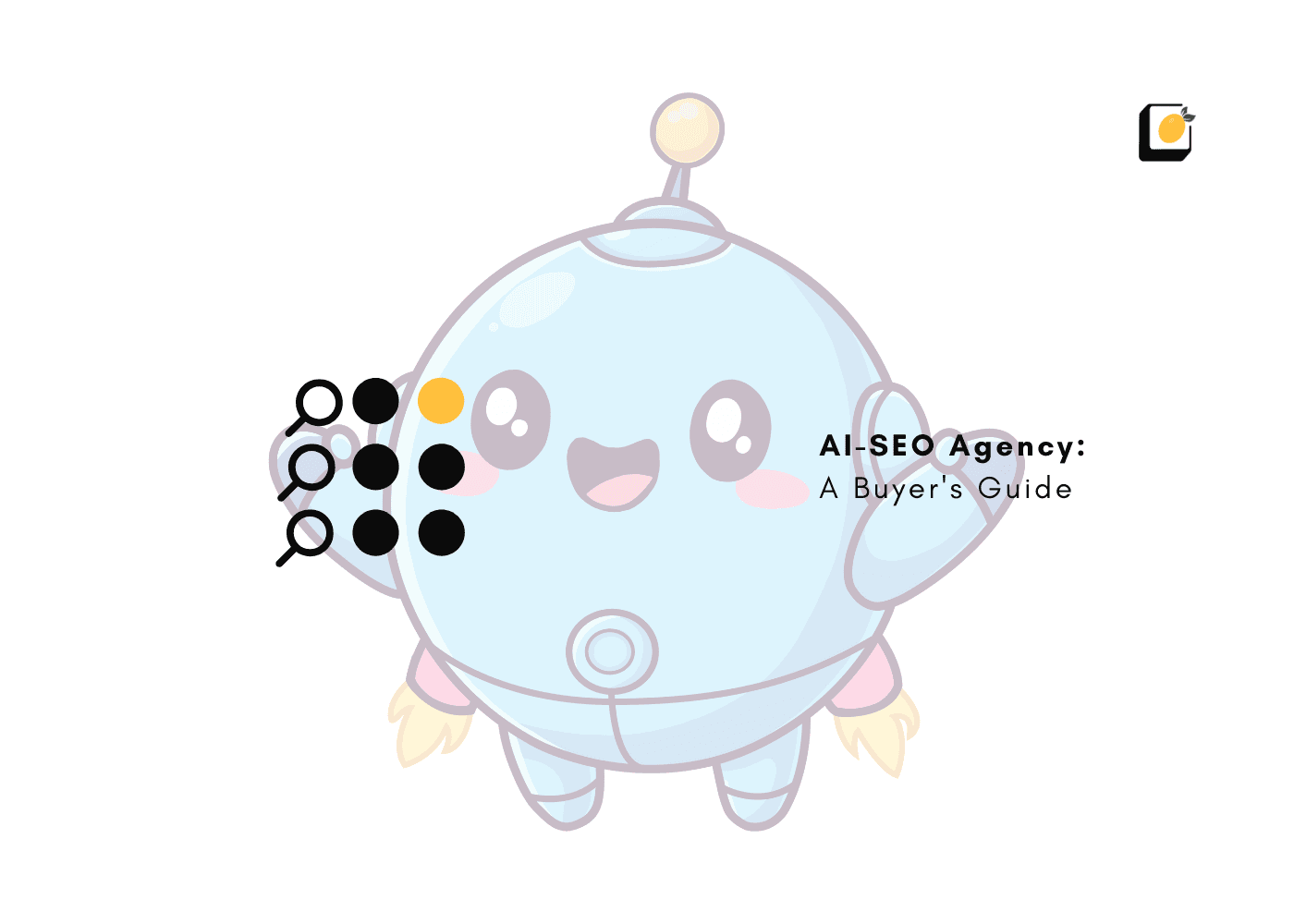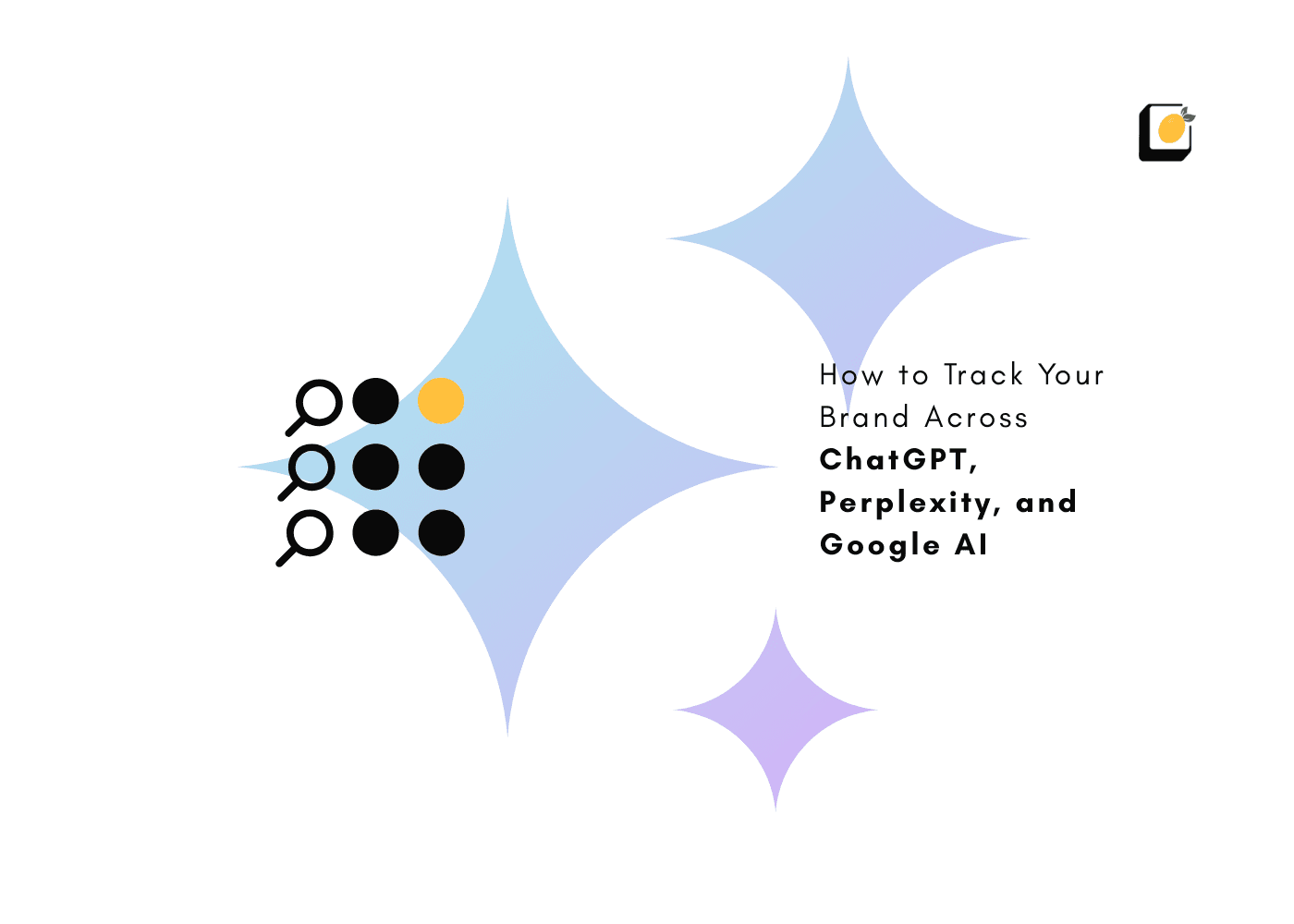SEO vs. UX: Their Differences and How They Work
July 1, 2025
Join 500+ brands growing with Passionfruit!
If your SEO team is optimizing for bots while your UX team is designing for people, you don’t have a strategy. You have a traffic leak.
In 2025, the idea of “SEO vs UX” is outdated and counterproductive. It’s a blind spot. One that’s silently draining your ROI.
The old playbook told us SEO was about keywords, metadata, and crawlability, while UX was about flow, aesthetics, and user delight. But here’s the truth: Google’s algorithms are now user experience algorithms. And AI engines like ChatGPT, Gemini, and Claude are now surfacing clean, structured, human-first content.
So when SEO and UX are siloed, your visibility suffers, and so does your conversion.
This guide will break the false divide. You'll learn:
What truly separates SEO and UX, and where they converge.
How each impacts growth, visibility, trust, and performance.
Why modern search engines reward UX-aligned SEO, and penalize the rest.
A unified framework to align both sides into a single, compounding system.
Let’s stop thinking in “either/or” terms. The best-performing brands don’t choose between SEO and UX. They engineer both to work in sync, every time.
Ready to stop leaking traffic and start compounding ROI? Talk to a Passionfruit Growth Expert right away!
We’ll help you unify SEO and UX into one scalable, AI-ready growth system.

How UX Directly Impacts SEO (And Vice Versa)
In 2025, “UX vs SEO” isn’t a strategy conflict. It’s a system failure. The best growth teams already know: if your site isn’t usable, it won’t rank. And if it doesn’t rank, it won’t be used. Full stop.
Google’s algorithms now reward real user satisfaction, not just keywords or backlinks. That means your page speed, mobile layout, visual stability, and interaction flow are baked into how you rank. UX has become a ranking signal.
At the same time, SEO is more than visibility. It’s structural UX in disguise. Internal links guide user flow. Schema markup improves search clarity. Topical clustering makes your site feel intuitive. Every smart SEO decision also upgrades user experience.
It’s a flywheel now:
Great UX lifts SEO → Fast, mobile-first design boosts Core Web Vitals. Clean architecture lowers bounce and raises crawlability.
Great SEO lifts UX → Structured content improves scannability. Intent-driven headlines guide faster action. Featured snippets reduce friction.
Here’s what that looks like in practice:
UX That Powers SEO
Pages that load in under 2.5s (Core Web Vitals compliance = higher rankings)
Clear, intuitive menus (better crawl paths, lower bounce)
Mobile-first layouts (Google indexes mobile first, so should you)
SEO That Powers UX
Semantic headers and bullets (structured reading flow = lower friction)
Internal linking (guides users to what they need next)
Schema markup (boosts SERP clarity and sets accurate expectations)
Bottom line: SEO brings the user in. UX earns the conversion. Smart teams align both from day one, because in AI search and human behavior, clarity, structure, and trust aren’t optional anymore.
Talk to a Passionfruit Expert About Unified SEO + UX Strategy today!
How Generative AI Changed the SEO + UX Equation

In 2025, generative AI is rewriting the rules. Tools like ChatGPT, Gemini, and Claude no longer rank links. They generate answers. That means your content is being summarized, cited, and scored for clarity in real time.
This shift changes how SEO and UX must work together. Enter Generative Engine Optimization (GEO), the new layer between search visibility and AI discoverability.
GEO demands two things:
Structured, crawlable content (SEO): Schema markup, internal links, semantic HTML
Clear, skimmable, human-first formatting (UX): Headlines, bullets, short paragraphs, fast-loading design
If your site is technically sound but hard to read, you’ll get skipped. If your UX is beautiful but your content isn’t structured, AI won’t surface it.
What’s changed most? UX writing now directly impacts SEO. Well-organized content, meaningful hierarchy, and concise phrasing help AI choose your content over someone else’s.
The takeaway: Don’t silo teams. Built for humans and machines at the same time. That’s how you show up in both, on search engines and generative answers.
Common SEO + UX Pitfalls to Avoid
Even with the best intentions, teams often fall into traps that stall performance and break trust. Here are a few patterns we see too often:
Optimizing for algorithms, not people
Stuffing keywords, bloating metadata, or over-engineering schema can make content unreadable. If it doesn’t help the user, it won’t help your rankings either, especially with AI now,
Treating SEO and UX as separate silos
Growth happens when both functions align around the same user journey. If your SEO team chases traffic and your UX team designs in isolation, you’ll struggle to convert.
Ignoring AI-driven UX standards
In 2025, generative engines like ChatGPT or Gemini summarize your pages. If your layout lacks hierarchy or clarity, your message gets lost or misrepresented.
Pro tip: Always build with both machines and humans in mind. Your future users and AI engines are watching.
How Passionfruit Merges SEO + UX Into Growth Systems
At Passionfruit, we don’t see SEO and UX as checklists. We see them as co-pilots in a single, compounding growth system.
Here’s how we bring them together:
GEO-ready content frameworks
We structure every piece of content so it performs across Google and generative engines. That means schema markup, hierarchy, and semantic clarity built-in from day one.
UX-optimized pages that actually convert
Every layout, CTA, and flow is mapped to intent and designed for both discovery and trust. Our SEO pages aren’t just rankable, they’re usable.
Unified dashboards that show what matters
We track how SEO drives visibility, how UX impacts behavior, and how both contribute to qualified pipeline. One system, full-funnel clarity.
Ready to align your teams and unlock compounding growth? Talk to a Passionfruit Growth Expert today!
Key Takeaways
SEO gets you found. UX gets you trusted. You need both to convert.
Search engines now rank based on user satisfaction, not just keywords.
AI engines like ChatGPT surface structured, human-first content built by SEO + UX together.
Siloed teams leak traffic. Unified systems compound visibility and performance.
GEO is the missing layer that connects SEO discoverability to UX clarity in AI-driven search.
FAQs
Q1. Is SEO or UX more important in 2025?
Neither takes the lead. Growth comes from their alignment. SEO gets you discovered while UX earns trust and conversion. In 2025, they’re two halves of the same system.
Q2. How does UX impact search rankings?
Modern algorithms track real user behavior. For example, page speed, mobile usability, and interaction flow all affect rankings. A seamless user experience is now a core SEO signal.
Q3. Can good UX replace SEO?
No. A great interface can’t help if no one finds it. SEO brings users in; UX keeps them engaged and converts them. You need both for sustainable growth.
Q4. What is GEO and why does it matter now?
GEO (Generative Engine Optimization) is the strategy for showing up in AI-generated answers. It requires structured, skimmable, trustworthy content that machines and humans both understand.
Q5. Does Passionfruit offer combined SEO + UX services?
Yes. Passionfruit builds fully integrated systems that align SEO and UX from day one, so your content ranks, converts, and compounds performance across search and AI.

